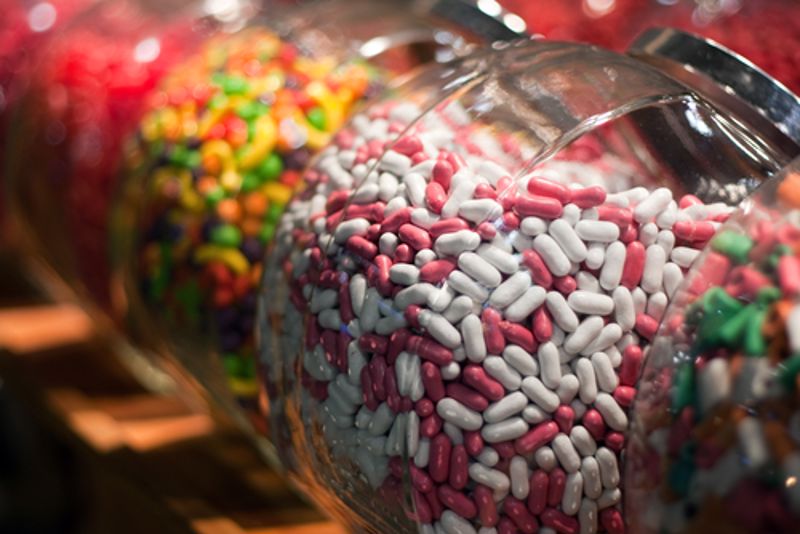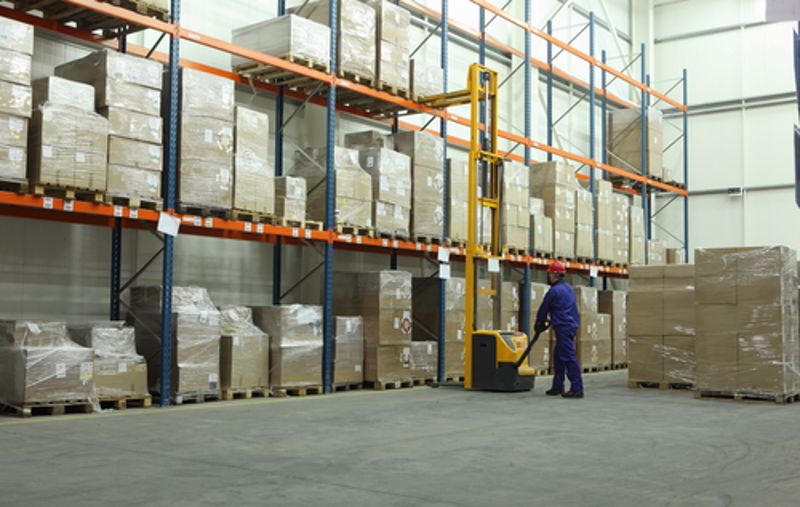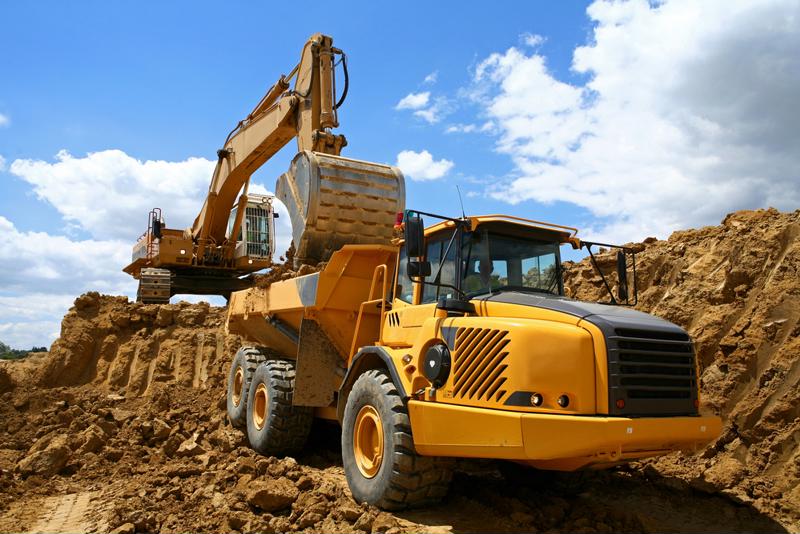Whether it's a fruit-flavored lollipop, old-fashioned taffy or a king-size chocolate bar, Americans love their candy. And with the average citizen indulging in a sweet treat at least two to three times per week, according to data from the National Confectioners Association, it takes a lot of work to keep their sugar fixes satisfied. Indeed, the industry employs close to 58,000 people working in various capacities to keep the candy supply chain flowing.
But as with a number of other industries, the candy sector is in the midst of labor shortage, unable to produce as much product as they have in the past and at the pace of consumer demand. Paired with other challenges — including higher operating costs and problems receiving necessary materials on time from their suppliers — candy makers are rethinking their processes and retention strategies to adapt to the realities they face in an effort to improve productivity.
Among those confectioneries that has seen better days is Atkinson Candy, a Texas-based family company specializing in caramels, peppermint sticks and peanut brittle, among other hard and chewy candies. Speaking to Food Dive, Eric Atkinson, who serves as the company's CEO, noted everything changed for the company after COVID-19, particularly in terms of manpower. Prior to the pandemic, it would take them no more than two week to deliver orders to their customers, such as retailers and wholesale distributors. Ever since, they're lucky to have the orders in buyers' hands within three months. Frustrated by the delays, many of those customers wind up going elsewhere. Referring to customer dissatisfaction and the resulting loss in sales, Atkinson noted "it's like listening to fingernails on a chalkboard."

Small candy makers are struggling the most
As with much of the business world during the lockdown, it's primarily small and mid-sized organizations that have experienced the worst of the fallout; large enterprises have gotten along fine, even improving their revenues despite their supply chain challenges. Because smaller businesses have fewer resources and cash flow relative to the big players — not to mention a smaller workforce — they've borne the brunt of the pandemic's impact, said Carly Schildhaus, a spokesperson for the National Confectioners Association, in an email to Food Dive.
From raising wages to offering sign-on bonuses, small candy makers are resorting to various strategies to persuade workers into staying. Daniel McCarthy, an assistant marketing professor at Emory University, told the online publication that employers also need to be forward-looking with how they manage their expenses to ensure that they remain profitable while raising wages and adjusting to inflation. He also noted that candy makers should exploit what advantages they have relative to other industries. One of which is their costs — it's not as expensive to produce.
"The good thing that they have going for them that other larger [industries] would not is the fact that the [cost for their product] is so low," McCarthy explained. He added that since candy bars are inexpensive, a 20% increase in what's charged likely won't phase buyers to the same degree as a similar percentage increase would for other industries.
Candy makers are also lowering their costs by buying alternative ingredients when churning out candy in lieu of staples they usually use but are hard to find or are more expensive due to supply shortages. They're also snatching up ingredients more quickly than they in the past to shore up their inventory and avoid delays.







